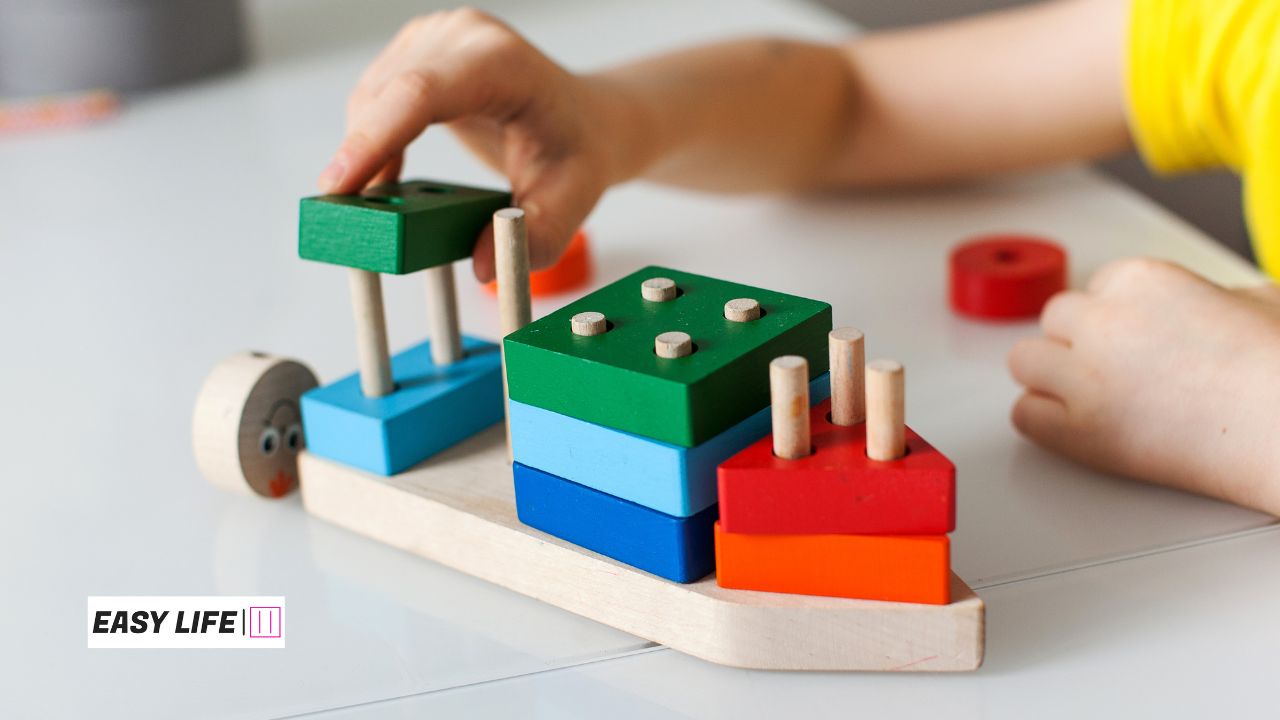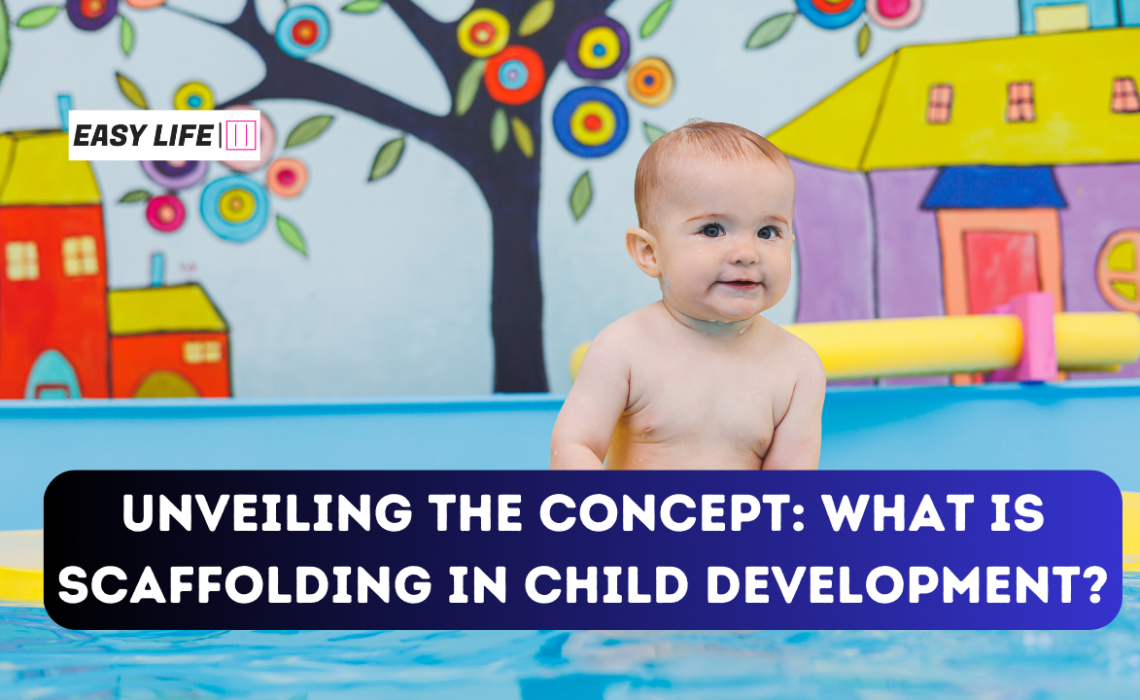Welcome to a journey into the complex realm of child development, where we will discuss the concept of scaffolding—a term that has transcended its building roots to become a cornerstone in growing young brains. In this article, we will look at What is scaffolding in child development? Our research extends beyond definitions, to provide a thorough knowledge of how this dynamic support system changes children’s cognitive skills and fosters social growth.
Table of Contents
ToggleWhat is Scaffolding in Child Development?
Imagine you’re constructing a house. You wouldn’t begin with putting up the roof, right? You’d need a solid foundation and framework to support the construction as it grows. Scaffolding serves as a framework for child growth. It is a temporary support system that enables youngsters to attain their greatest potential by offering the right amount of assistance at the right time.

The Theory Behind Scaffolding
Lev Vygotsky, a Russian psychologist, initially created the notion of scaffolding in the early twentieth century. Vygotsky established the concept of the “zone of proximal development” (ZPD), which refers to the difference between what a kid can perform independently and with assistance. Scaffolding helps children bridge this gap by offering the assistance they require to learn new skills and concepts.
How Scaffolding Works
Scaffolding is not about doing things for kids; it is about empowering them to accomplish things for themselves. There are numerous ways to offer scaffolding, but some prominent strategies include:
- Breaking down tasks into smaller steps: This simplifies complex tasks and helps children focus on what they need to do next.
- Providing prompts and cues: This might range from a verbal cue to a physical gesture that assists children in remembering what they are meant to be doing.
- Modeling: Showing children how to do something is a great way to help them learn.
- Giving feedback: Let children know what they’re doing well and what they could improve on.
- Adjusting the level of support: As youngsters get more skilled, they will want less assistance. It is critical to gradually eliminate the scaffolding so that youngsters can become autonomous learners.
Benefits of Scaffolding
Scaffolding has a number of benefits for children, including:
- Increased learning: Scaffolding can help children learn new skills and concepts more quickly and effectively.
- Improved problem-solving skills: By providing opportunities to practice with support, scaffolding can help children develop their problem-solving skills.
- Enhanced confidence: When children are able to succeed with the help of scaffolding, it can boost their confidence and self-esteem.
- Stronger relationships: Scaffolding can strengthen the relationships between children and their caregivers, as it promotes positive interactions and collaboration.

Examples of Scaffolding in Everyday Life
Scaffolding isn’t only used in schools. Scaffolding techniques can be used by parents and carers in everyday situations to assist their children learn and thrive. Here are some instances.
- Helping a child tie their shoes: You can start by showing them how to tie one loop, then letting them try the other loop themselves. As they get better, you can gradually step back until they can tie their shoes independently.
- Reading a book together: As you read, point out letters and sounds to your child and ask them questions about the story.
- Building a block tower: Begin with a few blocks at the bottom, then allow your youngster to build more on top. If the tower begins to wobble, you can assist in stabilising it.
Scaffolding is a strong tool that can help children realise their greatest potential. We can help youngsters learn and grow in ways they never imagined imaginable by giving them exactly the right amount of support at the appropriate time.
Summing It Up: Nurturing Growth Through Scaffolding
In this in-depth look at scaffolding in child development, we’ve looked at its description, the theory behind scaffolding’s impact on cognitive and social development, the benefits of scaffolding, and practical techniques for implementing it in real life. Scaffolding is more than just a theoretical concept; it is a hands-on technique to supporting a child’s development. As we come to the end of this instructive journey. It is clear that scaffolding serves as the foundation upon which a child’s potential is developed, layer by layer, resulting in a strong structure for a lifetime of learning.
Embark on a journey to understand and use scaffolding in child development. And see the significant impact it can have on the young brains that shape our future.
I hope you found this post helpful! Please let me know if you have any other questions.









